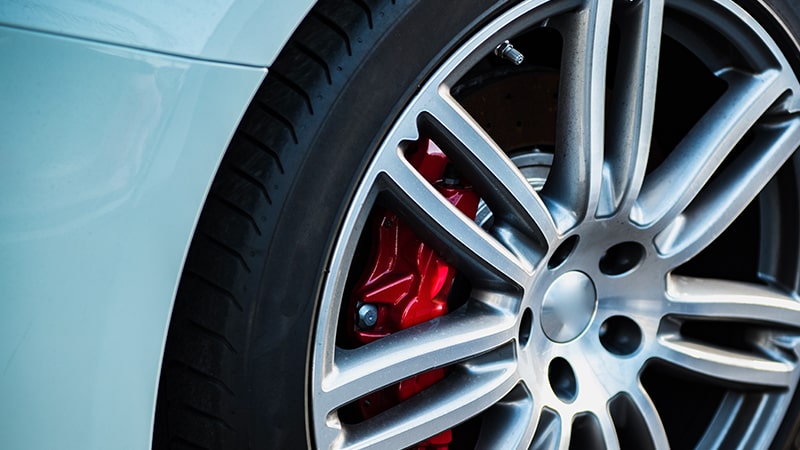
It is often claimed that EV tyres cause high levels of particulate pollution.
While it’s true that all vehicle tyres wear and release rubber nanoparticles into the atmosphere, the idea that electric vehicles (EVs) contribute disproportionately to particulate pollution through tyre wear is misleading.
A 2021 report commissioned by the RAC and conducted by Dr. Euan McTurk challenges this notion. The report concluded that tyre wear is primarily influenced by driving style rather than vehicle weight. Fleet operators have observed that EVs wear their tyres down at a rate similar to that of internal combustion engine (ICE) cars, indicating that EVs are not inherently more prone to tire wear.
Anecdotal evidence from EV owners and high-mileage EV taxi firms further supports this finding, with reports of normal wear rates compared to combustion cars.
Moreover, the CEO of the Prohire Group in the UK affirmed that tyre wear for EVs is comparable to their diesel counterparts. While scientific research is warranted to precisely determine EV tyre particulate pollution, it’s crucial to note that vehicles like the Range Rover, weighing 2.7 tonnes, generate similar concerns regarding tyre pollution without sparking widespread debate.
In essence, while EV tyre wear is a factor to consider, it doesn’t appear to present a disproportionately higher risk of particulate pollution compared to traditional internal combustion vehicles.